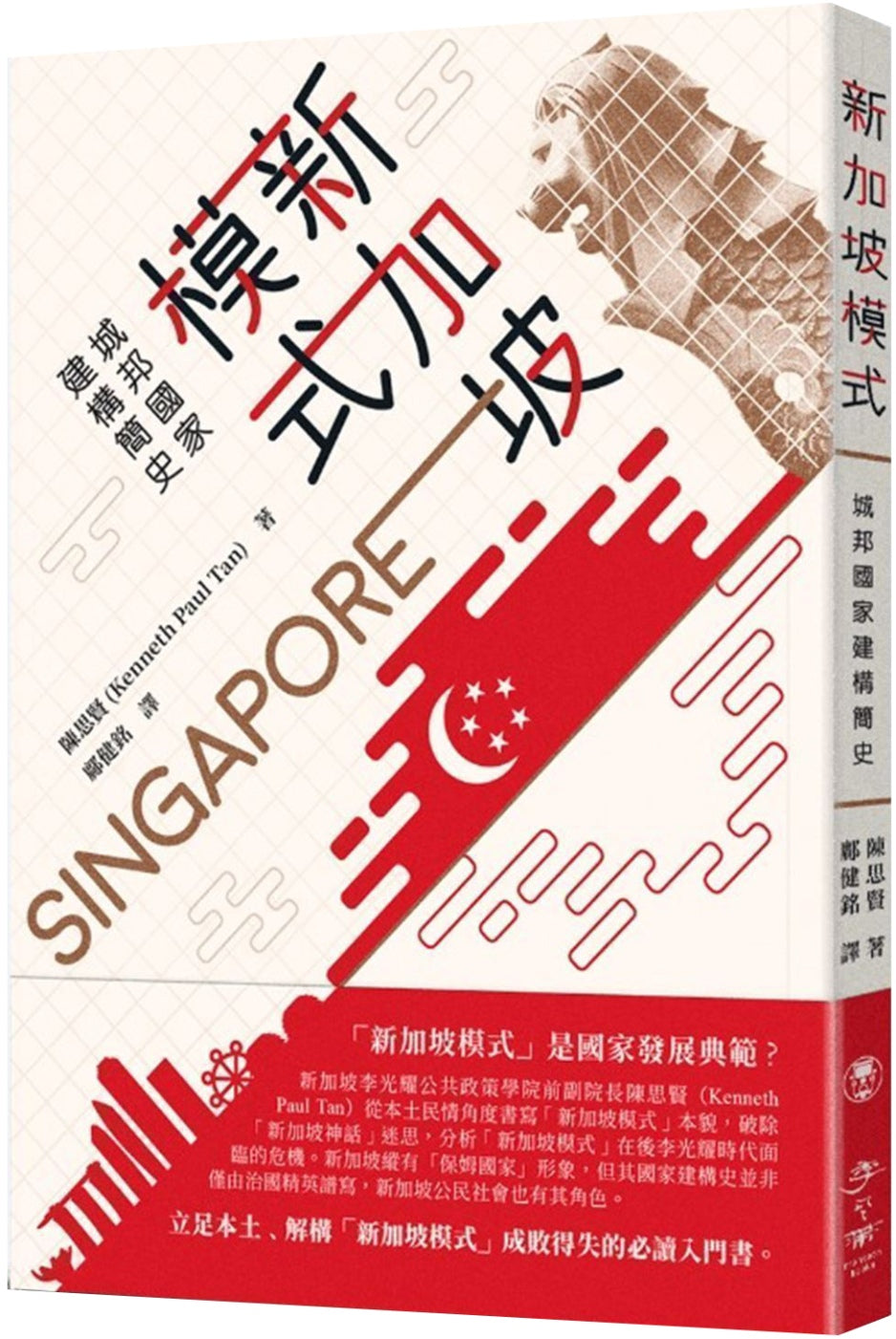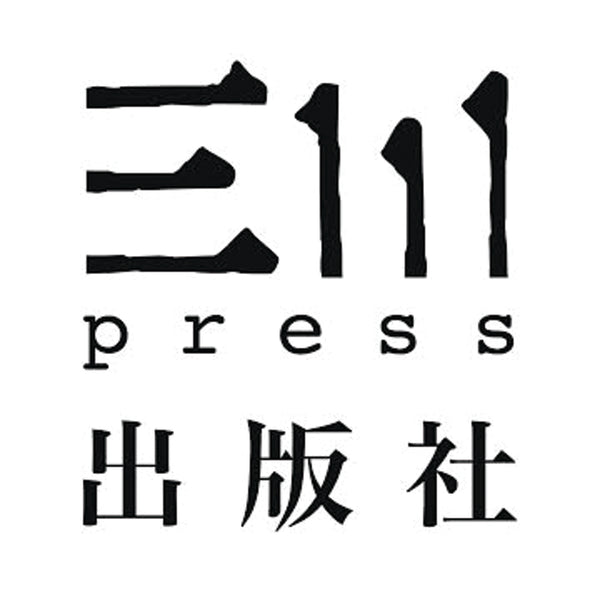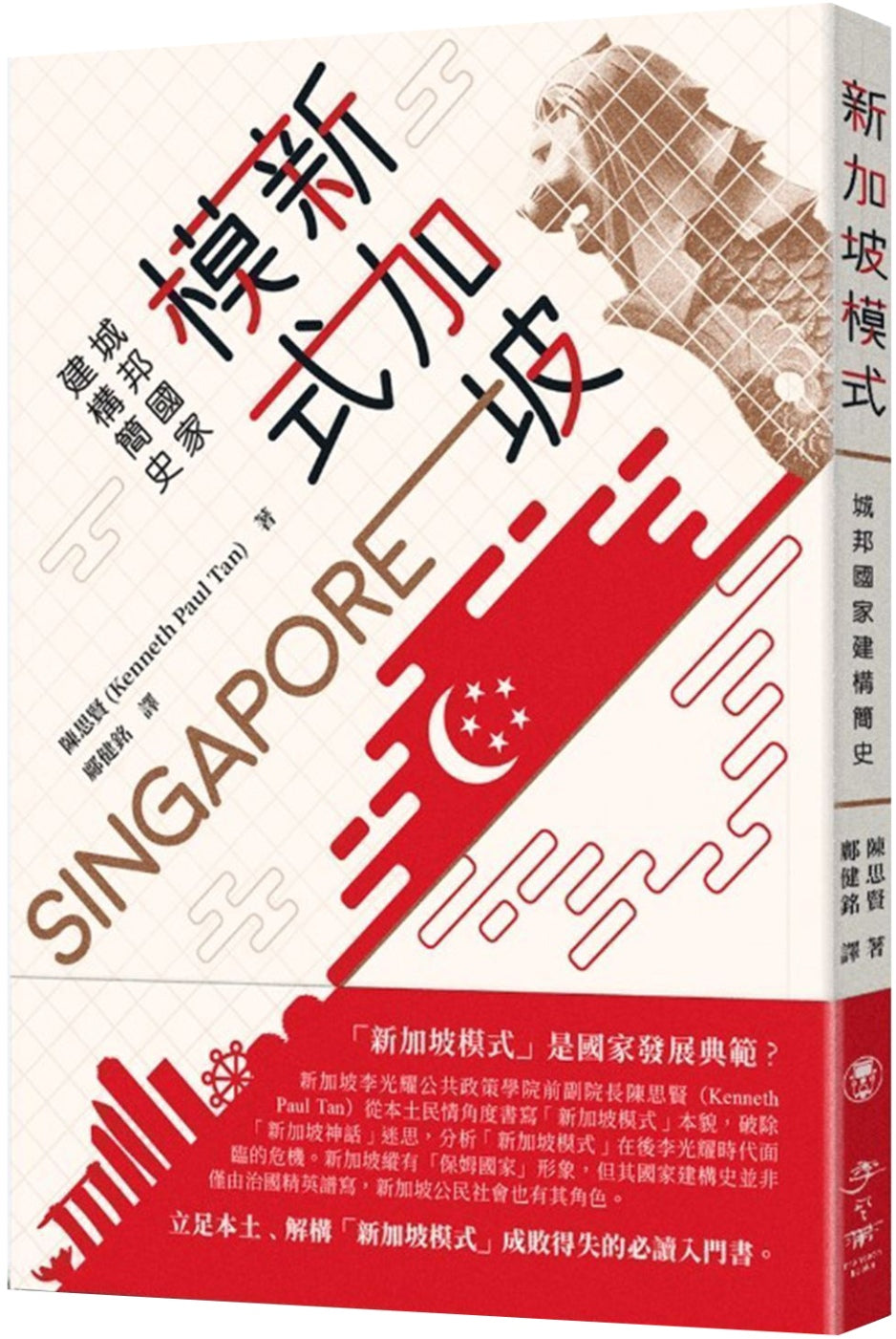The Singapore Model: A Brief History of City-State Construction
The Singapore Model: A Brief History of City-State Construction
5 in stock
Couldn't load pickup availability
出版社: 季风带
ISBN/EAN: 9789869745857
出版日期: 2020-04-01
页数: 200页
语言: Traditional Chinese
• In the post-Lee Kuan Yew era, is Singapore in its prime or in decline?
• How has Singapore’s dual identity as a “global city” and a “nation-state” led to the gradual fatigue of the “Singapore model”?
• Can Singaporean society grow stronger? Why is this an important issue for Singapore’s future national development?
“We are not playing chess in a comfortable environment. While we spend our time deliberating, the world around us is moving. We are actually playing a football game. If we stand still, the rest of the world will defeat us…”
In "The Singapore Model: A Brief History of the City-State," Kenneth Paul Tan, former Vice Dean of the Lee Kuan Yew School of Public Policy, argues that narrative is a crucial foundation for nation-building. The persistence of Singapore's authoritarian, one-party rule is primarily due to the government's active promotion of a narrative of national development, hoping to win the trust of the people and maintain its authority. This narrative emphasizes the nation's fragile foundations. At the same time, the People's Action Party (PAP) government adheres to a pragmatic philosophy, emphasizing meritocracy, integrity, and honesty, and developing the economy with a long-term perspective. Without the PAP's authoritarian approach, Singapore would be divided and its current success would be difficult to achieve.
However, this official narrative of national development has been increasingly questioned due to Singapore's dual identity. Singapore is both a nation-state and a global city. This dual role has exacerbated the contradictions within Singapore's multiracial, multireligious, and multilingual society. As a global city, Singapore must actively embrace neoliberal globalization. However, from the perspective of ordinary Singaporeans, under a market-oriented approach to governance, the wealth gap in Singaporean society has widened. The government's performance has been flawless, and the "Singapore Model" has gradually lost its luster. The official narrative of national development has become less persuasive, the relationship between government and the public has become increasingly alienated, and public resentment is accumulating. Faced with a rapidly changing global landscape and internal and external challenges, how can the "Singapore Model," once considered a model for development by nations large and small, maintain its luster?
Kenneth Paul Tan will explore the original nature of the "Singapore Model" from a local perspective, dispelling the myth of the "Singapore Myth" and analyzing the crises facing the "Singapore Model" in the post-Lee Kuan Yew era. "The Singapore Model: A Brief History of the Construction of a City-State" is a must-read primer that deconstructs the successes and failures of the "Singapore Model" from a local perspective.
Professor Kenneth Paul Tan
Professor Tan teaches at the Lee Kuan Yew School of Public Policy at the National University of Singapore. He has received numerous teaching awards, including the Outstanding Educator Award, the university's highest honor, in 2009. His publications include Singapore: Identity, Brand, Power (2018), Cinema and Television in Singapore: Resistance in One Dimension (2008), and Renaissance Singapore? Economy, Culture, and Politics (2007). He received his PhD from the University of Cambridge and has held visiting scholar positions at the Australian National University, the Chinese University of Hong Kong, Georgetown University, Harvard University, and Sciences Po. Professor Tan See Hian is also a member of the advisory boards of the National Arts Council Singapore and the National Museum of Singapore, and Chairman of the Board of Directors of the Singaporean theatre company The Necessary Stage. From 2005 to 2017, Professor Tan See Hian served as the inaugural Chairman of the Board of Directors of the Asian Film Archive. In 2012, Professor Tan was a member of the organizing committee for the Singapore government's year-long "Our Singapore Conversation" national dialogue.
Kwong Kin Ming
Editor-in-Chief of Monsoon Culture, Taiwan. He studied at the Lee Kuan Yew School of Public Policy in Singapore and conducted research there. He is the author of The British Era: The Art of British Colonial Governance and Two Cities Confronted: The Singapore Model and Hong Kong's Future. He has co-authored books including China's Influence and the Center-Periphery: Tug of War in Hong Kong, Taiwan, and the Indo-Pacific (forthcoming), East Asia: Developments and Challenges, Hong Kong Under Chinese Rule: Economic Integration and Political Gridlock, and The Social Movement Era: The Trajectory of Hong Kong's Contentious Politics. His articles have appeared in The Diplomat and Asian Survey ; Hong Kong's Sing Tao Daily, Ming Pao, Economic Daily, Asia Weekly, Stand News, Initium Media, and Taiwan Review; Singapore's Channel NewsAsia and Lianhe Zaobao; Malaysia's Contemporary Review and Suihuo Review; Taiwan's Up News, New News, Wind Media, Key Review Network, and Story; and China's Candidate Project.
Introduction 1 : On "Singapore Studies" - Five Key Lessons from the Singapore Model ⊙ Kwong Kin Ming (Author of "Two Cities Confronting: The Singapore Model and the Future of Hong Kong")
Introduction 2: Parallel Spacetimes: The Singapore Model from an East Asian Perspective ⊙ Huang Weihao (Deputy Director of the Institute of Public Policy, The Chinese University of Hong Kong)
New Preface to the Chinese Edition <br />Is It Just the End of the World? — A Brief Discussion on the Future of the “Singapore Model” in the Post-Lee Kuan Yew Era ⊙ Kenneth Paul Tan
Background: Singapore's national conditions <br />About national historyAbout national electionsAbout national competitiveness
Conceptual image of "The Singapore Model: A Brief History of City-State Construction"
Chapter 1: Deconstructing Singapore’s Authoritarian Politics
1.1 Singapore’s national political development trends
1.2 The foundation of Singapore’s hegemonic position
Chapter 2: The Founding of the Nation (I): National Development Discourse and Political Order
2.1 One of the bases of power of the Singapore government: electoral politics
2.2 The second basis of the Singapore government’s power: governance performance
2.2.1 Governing Performance (I): National Defense
2.2.2 Governing Performance (II): Internal National Security
2.2.3 Governance Performance (III): National Economic Growth
2.2.4 Governing Performance (IV): Distribution of National Wealth
2.3 The third basis of Singapore’s government power: moral prestige
2.3.1 National Development Discourse (I): Theory of Eternal National Crisis
2.3.2 National Development Discourse (II): Integrity
2.3.3 National Development Discourse (Part 3): Employing People on the Basis of Merit
2.3.4 National Development Discourse (IV): Pragmatism
2.3.5 National Development Discourse (V): The Singapore Story
Chapter 3: The Founding of a Nation (II): Multiracialism and National Community Consciousness
3.1 Singapore National Covenant: No racial distinction
3.2 Singapore National Covenant Part 2: No distinction between languages
3.3 Singapore National Covenant, Part 3: No Religion
Chapter 4: The Founding of a Nation (Part 3): Local Social Development in Global Cities
4.1 The problem of wealth disparity in Singapore under globalization
4.2 Singapore’s National Cultural Development under Globalization
Chapter 5: The Founding of a Nation (IV): Civil Society under Authoritarian Politics
5.1 “Banyan Tree Pruning Theory” — Singapore Government’s New Citizen Concept
5.2 Working Committees: Singapore’s Civil Society Experiment
5.3 “Our Singapore National Dialogue” – A glimmer of hope for the development of Singapore’s civil society?
Chapter 6: The Founding of a Nation (V): The Singapore Model from the Perspective of the International Community
6.1 The Construction of Singapore’s Nation Brand
6.2 The International Appeal of the Singapore Model
6.3 The Singapore Model in China
6.4 The Future of Singapore’s Nation Brand
Chapter 7: The Journey of Nation-Building (VI): Diplomacy of Small Countries
7.1 Singapore-US Relations
7.2 Singapore-China Relations
Chapter 8: Looking into the future of the “Singapore model”
8.1 Is the “Singapore Model” no longer popular?
8.2 Outlook for Singapore’s National Development in the Post-Lee Kuan Yew Era
Appendix 1: The Singapore Story and Greek Mythology: On the Necessity of Revitalizing Singapore’s Civil Society
Appendix 2: How to Prevent the Crisis of Emerging Authoritarian Populism? — Lessons from the Singapore Model
Appendix 3: How to revive Singapore’s “meritocracy” spirit?
Appendix 4: How to quell the controversy over Singapore’s high-salary policy to maintain integrity?
Appendix 5: “Singapore Model 2.0”—On the Necessity of Reconstructing the Theory of Governance <br />References
Share


